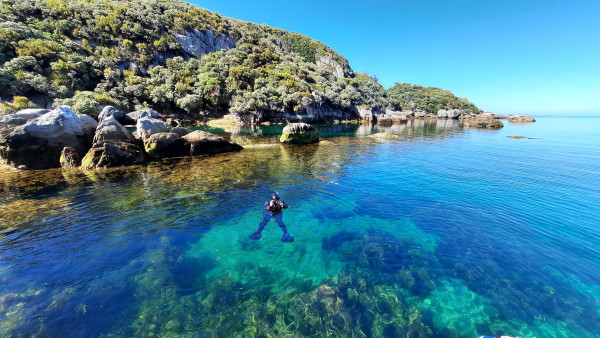Marine Biosecurity Best Practice Treatment Methods
Marine education and risk communication literature review
Environment Southland (ES) has a leadership role under the Biosecurity Act 1993 for management of marine species identified in the Southland Regional Pest Management Plan (SRPMP) 2019-2029 and the Fiordland Marine Regional Pathway Management Plan (FMRPMP) 2017.
The SRPMP lists seven marine species considered as pests in Southland which all have the potential to have detrimental effects on marine biodiversity as well as both recreational and commercial values. Management of these species is through implementation of various rules as well as surveillance, control, education and enforcement.

Aim is to protect these pristine environments (ES - Southern Rakiura)
Introduction and spread of pest species can occur via a range of pathways which include transportation on vessels (biofouling), on-board seawater and via recreational equipment. One of the primary methods for managing pest species in marine environments is implementing preventative measures by cleaning and treating gear and equipment. ES sought assistance from Envirolink (Envirolink Grant 2330) to undertake a review of international literature on best cleaning treatment for the nine species of interest. To compliment this work, a second Envirolink Grant (2348) presents a literature review of marine education and communication good practice from New Zealand and overseas, with a particular focus on recreational boat users. Both reviews were completed by the University of Canterbury.
“We are being proactive to provide practical solutions for users to meet the rules,” Kathryn McLachlan (Team Leader Marine, ES) says. She explains that the information from the treatment method review will be used to make user guides for the boating community while the communication and education review will assist in ES being able to provide clear and targeted messaging to the public and key groups.

Divers checking cray pots infested with Undaria (ES)
Kathryn says that recent Undaria incursions in remote parts of Fiordland and Rakiura/Stewart island highlight that preventative measures are high priority to reduce the spread of pest species and concludes by saying “these two pieces of work will provide key information to assist in our ongoing management of our highly valued marine area”.
Check out the two reports here:
Last modified: